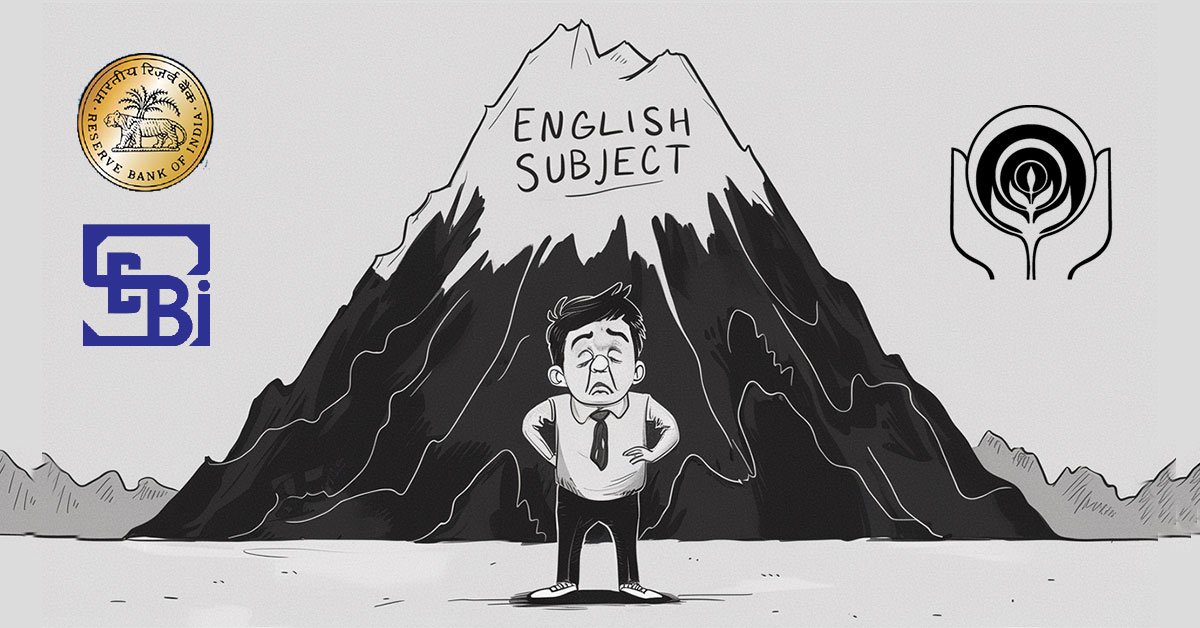Context:
A recent World Bank Poverty and Equity Brief pegged India’s Gini index at 25.5 for 2022–23, making it appear among the most equal countries globally. However, the figure—based on consumption inequality, not income or wealth—has raised eyebrows among economists and policymakers alike.
Understanding the Gini Coefficient
- Gini Index: A measure of inequality within a population; 0 represents perfect equality, 100 indicates maximum inequality.
- India’s 25.5 figure is based on consumption expenditure, which generally underestimates inequality compared to income or wealth-based metrics.
Data Highlights
- Gini Index (Consumption):
- Improved from 28.8 in 2011–12 to 25.5 in 2022–23.
- Extreme Poverty:
- Fell from 16.2% to 2.3% over the same period.
- However, data suffers from:
- Underreporting by the rich.
- High non-response rates among affluent urban households.
- Structural underestimation of inequality.
Why the Debate Matters
Wage Inequality
- In 2023–24, the top 10% of earners made 13 times more than the bottom 10%.
- Large segments of the workforce remain in informal, low-paying jobs (e.g., self-employment, casual labour).
Regional & Spatial Inequality
- Rural vs Urban MPCE Gap: Still 70% in 2023–24.
- Interstate Disparities:
- Rural Tamil Nadu MPCE is nearly double that of Jharkhand.
- Urban Telangana MPCE is 70% higher than in Bihar.
- These gaps reveal deep developmental imbalances.
Wealth and Intergenerational Inequality
- Wealth inequality and intergenerational transfers are excluded from consumption surveys.
- These factors significantly skew the real distribution of economic power.
BS















